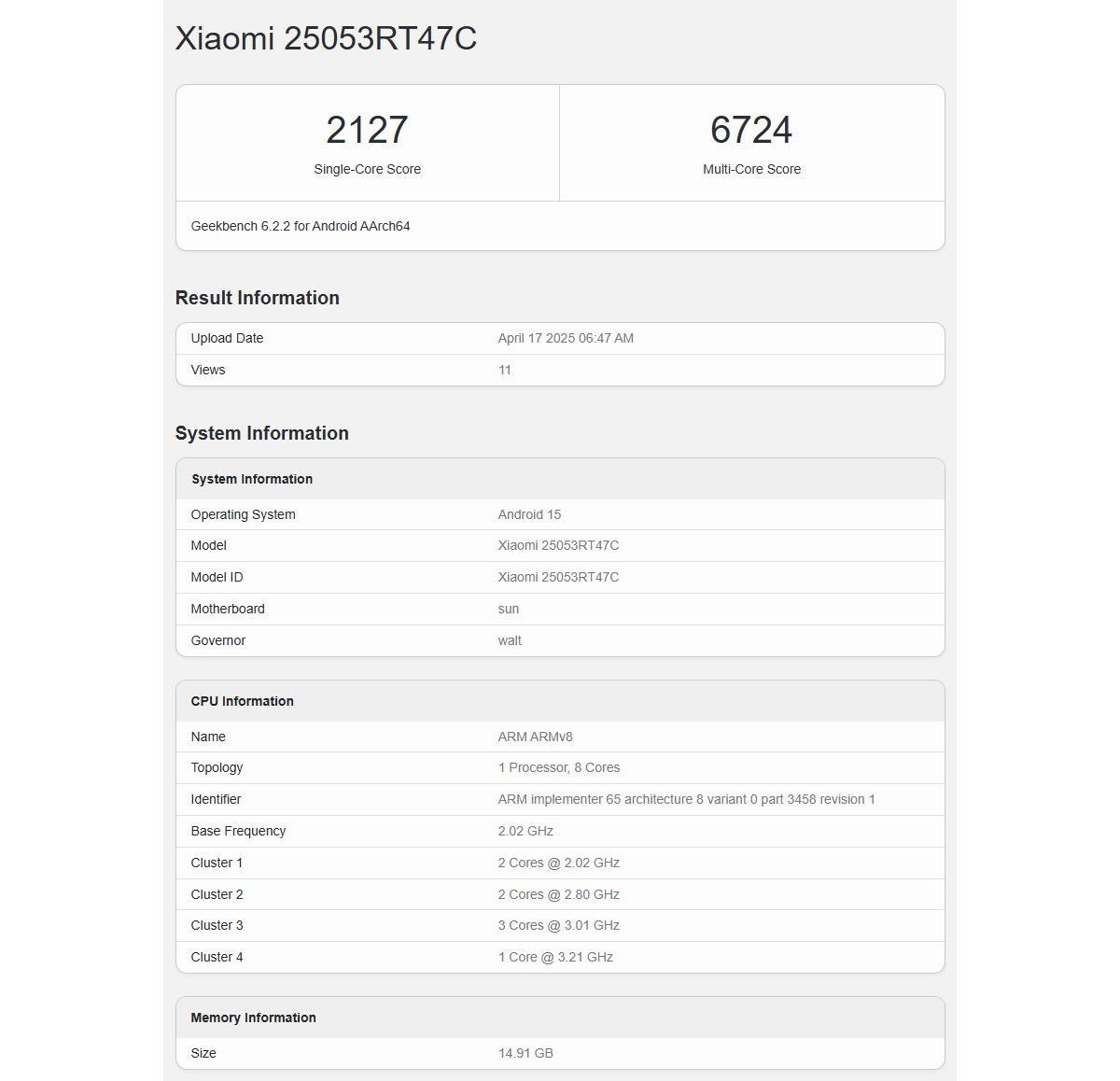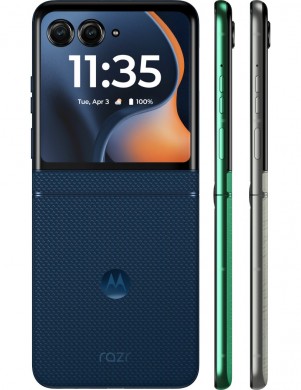In a recent turn of events, iPhone 7 and iPhone 7 Plus owners are finally reaping the benefits of a class action lawsuit that was settled in January of last year. The lawsuit addressed a host of persistent issues faced by users, notably a non-functional "Speaker button" during phone calls. Additional problems included Siri's failure to respond to voice commands, reduced microphone quality, and malfunctions with the Voice Memos app.
These models were notably plagued with audio-related troubles. An internal memo from Apple, leaked in 2018, attributed these challenges to iOS 11.3, which hampered the speaker functionality during calls and rendered users unable to hear the other party during regular phone or FaceTime calls.
A class action suit was initiated against Apple by affected iPhone 7 and 7 Plus users, culminating in a $35 million settlement. Qualifying claimants can expect to receive around $200, a significant sum in the landscape of class-action payouts, considering legal representatives often take a substantial cut from such settlements.

Happy members of the class action lawsuit are starting to see their checks arrive. | Image credit-PhoneArena
While Apple opted to settle the lawsuit, it did not admit to any wrongdoing, maintaining that the allegations made against the company were unfounded.
The greatest compensation will go to those who incurred out-of-pocket costs for repairs. Individuals who experienced some of the described issues but did not pay for repairs will see reduced amounts, with payouts expected to reach as high as $350.
To qualify for these payments, class members had to provide evidence of a complaint lodged with Apple regarding speaker issues. Now, checks are on their way to those who filed claims, whether they still own an iPhone or have switched to an Android device.
No matter which smartphone class members currently use, the compensation they received from Apple will likely fall short of the expenses they incurred when purchasing new devices to replace their problematic phones from as far back as 2016.





